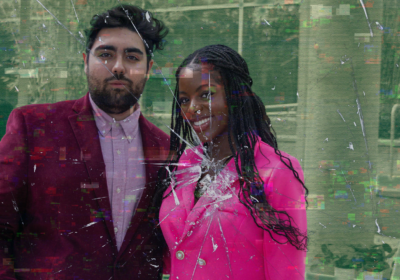SeaWorld’s final attempt to retain customers

SeaWorld has finally caved to the demands of the public. After years of protests from people across the globe, SeaWorld announced Thursday it has committed to end breeding orcas and phasing out the killer whale performance.
Thus, the 29 orcas currently in captivity with the company will be the last generation of the whales at the four locations. Reactions have been split since the announcement with many praising the decision and others claiming the company must do more to humanely care for its animals.
However, to think the change is anything other than a strategic business move would be naive.
SeaWorld has faced extreme criticism and declining attendance rates since the release of the 2012 book “Death at SeaWorld: Shamu and the Dark Side of Killer Whales in Captivity,” and the 2013 documentary, “Blackfish.”
In fact, the company has lost over half of its market value since 2013, according to the Huffington Post. Despite a monumental effort by the company to reassure customers the animals were receiving top-notch treatment by a multitude of campaigns, attendance rates were plummeting.
Then, SeaWorld believed it had finally been granted a chance at redemption. The San Diego whale tank complex, which is home to 11 orcas, was approved for expansion to almost double its current size.
However, that dream was quickly shot down when the California Coastal Commission ruled the company could only have the 9.6 million gallon tanks if it agreed to completely end its breeding of orcas at the park.
Though the company challenged the ruling, it was obvious there needed to be drastic changes if SeaWorld expected to survive the now morally conscious population boycotting its parks.
Suddenly, Joel Manby, the president and chief executive of SeaWorld Parks and Entertainment, appeared with a — in no way forced — smile on his face declaring SeaWorld was ready to “respond to the attitudinal change (SeaWorld) helped create.”
Oh yes, Manby assured customers SeaWorld was ready to lead the way to a socially conscious tomorrow and was absolutely ending the breeding and shows to ensure the orcas were getting the best life possible.
The fact that this sudden change of heart came days after congressman Adam Schiff announced he would be introducing legislation that would force the company to end the captivity of orcas is purely coincidental.
However, it doesn’t appear like the whales at SeaWorld are going to be getting that much of an improved environment. The orcas will be part of “new, inspiring, natural orca encounters, rather than theatrical shows,” according to the company.
What exactly this entails is yet to be seen, but one thing is certain. Next year, San Diego will begin the new version of captivity and Orlando will adopt the “natural orca encounters” in 2019.
Manby addressed critics vouching for the release of the whales by stating, “Most of our orcas were born at SeaWorld, and those that were born in the wild have been in our parks for the majority of their lives… If we release them into the ocean, they will likely die. In fact, no orca or dolphin born under human care has ever survived release into the wild.”
It appears as if Shamu is here to stay, well at least for a decade or so until the captive whales die out. Unlike orcas living in the wild who live on average from 30 to 50 years, “92 percent of SeaWorld’s orcas did not survive past the age of 35,” according to the Whale and Dolphin Conservation.
So congratulations, SeaWorld. You’ve definitely convinced customers this change of heart is monumental and sincere and in no way a desperate, last ditch effort to regain the millions you’ve lost in the past few years.
Breanne Williams is a junior majoring in mass communications.






